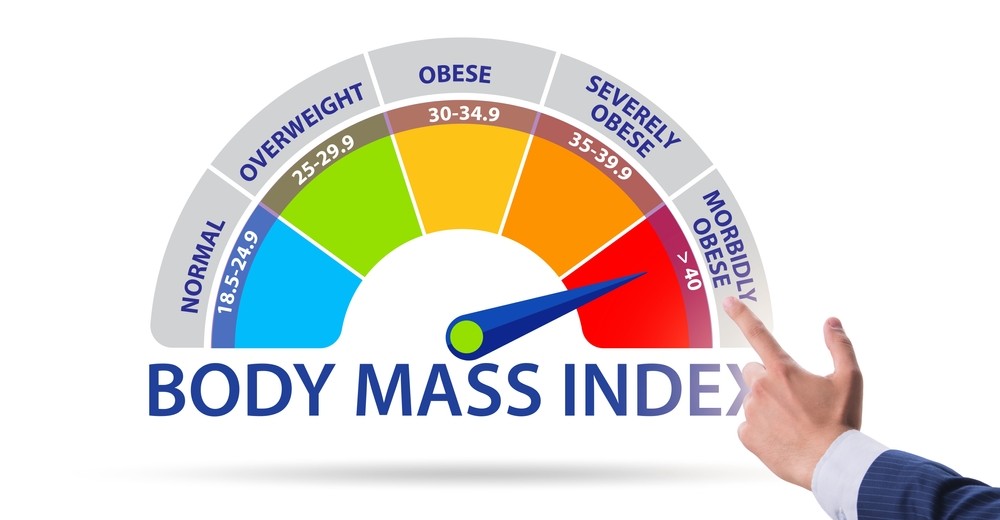Body Mass Index (BMI) is a widely used tool to assess whether an individual’s weight is within a healthy range. For beginners, understanding BMI and its role in weight management can provide valuable insights into overall health and guide effective strategies for achieving weight goals. In this article, we’ll break down what BMI is, how to calculate it, and how to use it as part of a comprehensive weight management plan.
What is BMI?
BMI, or Body Mass Index, is a simple calculation that uses your height and weight to estimate body fat. It’s a quick and easy way to categorize individuals into weight classes, such as underweight, normal weight, overweight, and obese.
The formula for BMI is:
BMI = weight (kg) / height (m²)
For example, if you weigh 70 kg and are 1.75 meters tall, your BMI would be:
70 / (1.75 × 1.75) = 22.86
BMI Categories
BMI results fall into the following categories:
- Underweight: BMI less than 18.5
- Normal Weight: BMI 18.5–24.9
- Overweight: BMI 25–29.9
- Obese: BMI 30 or higher
These categories help identify potential health risks associated with weight.
Why is BMI Important for Weight Management?
BMI serves as a starting point for understanding your weight status and its implications for health. It can:
- Identify Health Risks: Higher BMI levels are associated with increased risks of chronic diseases like diabetes, heart disease, and hypertension.
- Set Goals: Help you determine whether you need to lose, gain, or maintain weight.
- Track Progress: Provide a measurable way to monitor changes over time.
However, it’s important to note that BMI is not a perfect measure. It doesn’t account for muscle mass, bone density, or fat distribution, so it should be used alongside other assessments.
How to Calculate Your BMI
Calculating your BMI is straightforward:
- Measure Your Weight: Use a scale to determine your weight in kilograms (kg).
- Measure Your Height: Use a tape measure to determine your height in meters (m).
- Apply the Formula: Divide your weight by the square of your height.
For example:
- Weight: 70 kg
- Height: 1.75 m
- BMI: 70 / (1.75 × 1.75) = 22.86
Alternatively, you can use online BMI calculators for quick results.
Limitations of BMI
While BMI is a useful tool, it has some limitations:
- Doesn’t Measure Body Fat: BMI doesn’t distinguish between fat and muscle, so athletes with high muscle mass may be classified as overweight or obese.
- Ignores Fat Distribution: It doesn’t account for where fat is stored, which can impact health risks.
- Not Suitable for Everyone: It may not be accurate for children, pregnant women, or the elderly.
For a more comprehensive assessment, consider combining BMI with other metrics like waist circumference or body fat percentage.
Using BMI for Weight Management
Once you know your BMI, you can use it to guide your weight management efforts:
1. Set Realistic Goals
- If your BMI indicates you’re overweight or obese, aim for gradual weight loss (1-2 pounds per week).
- If your BMI is in the normal range, focus on maintaining your weight through healthy habits.
2. Create a Balanced Meal Plan
- Focus on nutrient-dense foods like fruits, vegetables, lean proteins, whole grains, and healthy fats.
- Avoid processed foods, sugary snacks, and high-calorie beverages.
3. Incorporate Physical Activity
- Aim for at least 150 minutes of moderate exercise per week, such as walking, cycling, or swimming.
- Include strength training to build muscle and boost metabolism.
4. Monitor Progress
- Regularly calculate your BMI to track changes over time.
- Use additional metrics like waist circumference or body fat percentage for a more comprehensive view.
Tips for Maintaining a Healthy BMI
Here are some practical tips to help you achieve and maintain a healthy BMI:
- Stay Consistent: Stick to your meal plan and exercise routine.
- Stay Hydrated: Drink plenty of water throughout the day.
- Prioritize Sleep: Aim for 7-9 hours of quality sleep each night.
- Manage Stress: Practice stress-relief techniques like meditation or deep breathing.
When to Seek Professional Help
If you’re struggling to achieve a healthy BMI or have underlying health conditions, consider seeking guidance from:
- Nutritionists: For personalized meal plans.
- Personal Trainers: For tailored exercise programs.
- Healthcare Providers: For medical advice and support.
Understanding BMI is a valuable first step in your weight management journey. By calculating your BMI, interpreting the results, and using it to set realistic goals, you can take control of your health and work toward achieving a healthy weight.
Remember, BMI is just one tool in your toolkit. Combine it with other assessments and healthy habits for a comprehensive approach to weight management.



